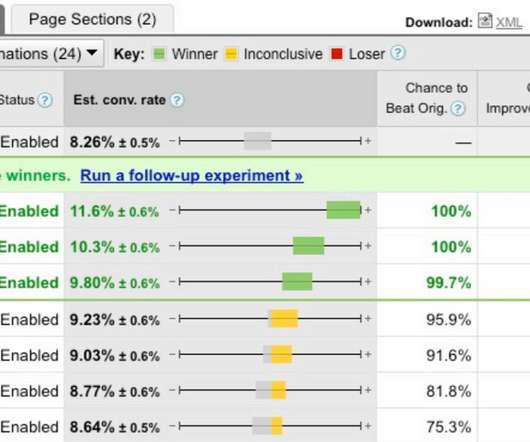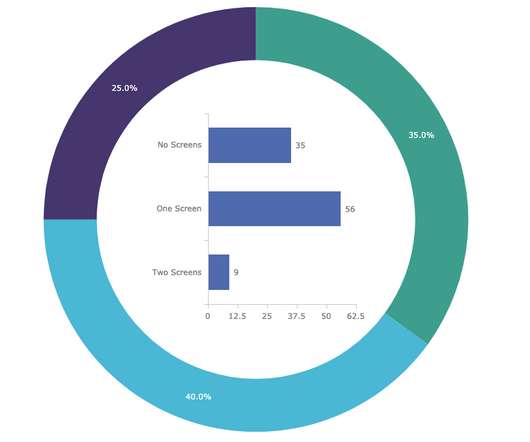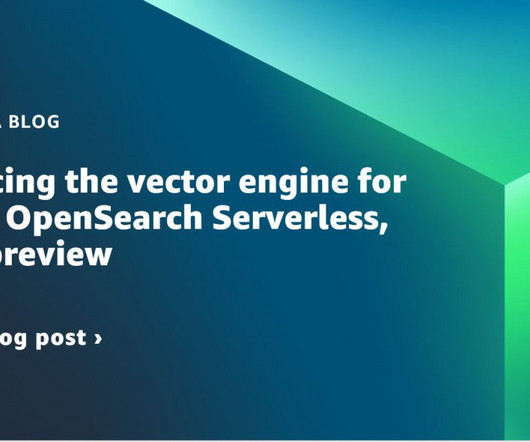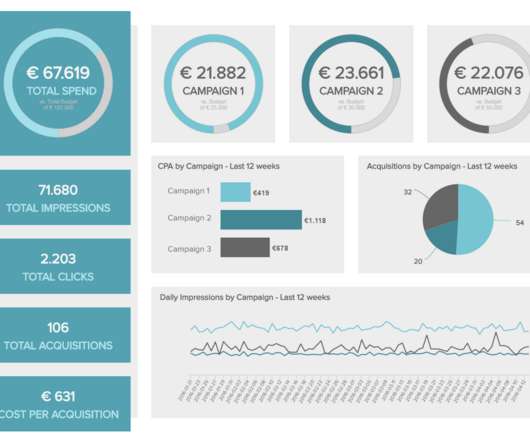eCommerce Brands Use Data Analytics for Conversion Rate Optimization
Smart Data Collective
JULY 9, 2023
One benefit is that they can help with conversion rate optimization. Collecting Relevant Data for Conversion Rate Optimization Here is some vital data that e-commerce businesses need to collect to improve their conversion rates. One report found that global e-commerce brands spent over $16.7 billion on analytics last year.































Let's personalize your content